Over the last several years, we’ve launched countless online courses both for clients and ourselves. From personal development courses, to Facebook trainings, to health and wellness programs – we’ve done it all!
Some crushed it and some…well, got crushed.
Combined, these launches have resulted in millions of dollars invested and over $10,000,000 in revenue.
The other day in the office, as we were preparing for our newest product launch, we were talking about the lessons we’ve learned over the years of what it takes to enjoy a successful launch. We realized that there are tons of elements and actions that nobody tells you about when it comes to launching a successful online program.
So, we decided to change that.
From sweat equity to marketing tactics, we wanted to share our Top 21 Secrets nobody will tell you about launching an online course.
Whether you are someone who is in the middle of a launch, launched or simply planning to launch an online course someday, this is a must read.
My message point blank: you caNOT launch an online course without these 21 secrets. You would be committing marketing suicide. Read up and launch away:
1. Sell your course as a proof of concept before launching.
Save yourself time, money and a whole lot of energy and do this immediately.
When launching an online course your goal should be to sell it to cold market leads that have turned warm through your funnel. However, before you go out there and attempt to sell cold (or rather to people who honestly don’t know you from a fly on the wall), sell it to people one on one!
If you can’t create desire for this product from people offline, and with someone who already knows and trusts you, you’re digging a hole.
 In fact, many of our clients sell their course before they have even created it!
In fact, many of our clients sell their course before they have even created it!
Now, you’re probably thinking….what?! How do you do that?
No, no…you do not have to be a magician and create it hours after you sell it.
The proper way to do this is to first host a webinar, sell your product for a future launch date (usually 30-45 days out) and if people buy it, create it! This way you know there is a market for what you are selling, and even people who have invested in your course before you’ve created it.
2. A big Facebook advertising budget does not guarantee your course will be profitable.
Just as money can’t buy you real friends, it also can’t buy you success online.
There are some marketers out there that will tell you the bigger your ad budget, the bigger the success – which is simply not true.
A big Facebook ad budget is great once you have your campaign dialed in and producing results, because now all you have to do is pour some more money in the pot and scale.
But this simply is not the truth fresh out of the gates.
Testing always comes first, and during a testing phase your advertising budget should be small. You go slow and steady and collect as much information as possible while you’re learning what works best with your target market.
SYour best bet is to spend a little money ($10-20) every day until you are producing good results (conversions that make you a profit) and are happy with your targeting. T and conversions…then, and only then, should you think about scaling and ramping up that advertising budget!
3. You’ll want to procrastinate on the big things.
This is not your boring high school paper…. you won’t want to procrastinate on your launch. After all, this is your business!
 When you get to the techy stuff (integrations galore can appear out of nowhere), some of it can take long hours and you don’t want to leave it to the last minute.
When you get to the techy stuff (integrations galore can appear out of nowhere), some of it can take long hours and you don’t want to leave it to the last minute.
This is the kind of thing you want plenty of time to test for – and not to procrastinate on. Leave yourself room for errors, troubleshooting and getting things working properly.
Email campaigns, merchant accounts, integrations, webinar platforms, split tests, web pagess and every other finely tuned integrated piece of your launch must be functioning at 100% come the day you turn traffic on. Without these you are compromising your result before you even get your first CPC.
Repeated testing prior to the launch makes a huge difference.
Go through each step of the process, multiple times, to ensure that you have a well-oiled machine for your leads!
4. Affiliates won’t sell your course, they will generate leads for you.
While JV’s and affiliates can be great partnerships, they aren’t often going to sell for you. This is your business and you are responsible for the bottom line. What you set up and put in place is what will make the difference – not the people pitching it.
Remember: Affiliates are lead generators. Not salesmen (or sales-women!)
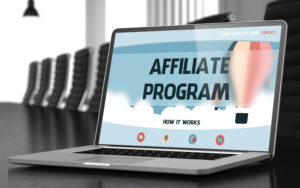 Most of these partnerships will require you to do most of the work; have the product created, already sold (with data to prove it), have email campaigns deploying, established webinars, etc. Many affiliate partnerships will only involve an affiliate emailing their list with an email you wrote. This is not uncommon and is still wildly useful!
Most of these partnerships will require you to do most of the work; have the product created, already sold (with data to prove it), have email campaigns deploying, established webinars, etc. Many affiliate partnerships will only involve an affiliate emailing their list with an email you wrote. This is not uncommon and is still wildly useful!
Sure, it can be a great way to grow your reach and fill your lead pipeline, but the dirty work all must be done by you first. Do not forget this. Do your homework and partner with people that will generate leads within your market.
5. Payment plans can boost sales.
As you have probably seen across the market, the required investment for participating in an online course can range anywhere from $47 to $25,000 depending on the type of course and the value it delivers.
If your course is offered at anything over $697, it will generally benefit you to offer some sort of payment plan, even if this means the customer is spending an extra 10% over time.
Most people simply don’t have an extra $1000+ sitting around in the bank, as scary as that sounds. So, by you allowing them to pay in multiple installments, you highly increase the odds of them saying “yes!”
6. Your course name matters.
Okay here’s the thing: Some people overthink this and you get titles like:
How to Profit by Selling Somewhere between 5-20 Pandas on the Internet for Fun on Tuesdays but not Fridays and only when your first name is Jeffrey Smith
OR the opposite happens and they totally under think the name and get this:
How to Sell Pandas
The name matters!
You want it to stand out enough that people remember it but be clear and conscice enough to convey what it’s teach quickly.
You can get gimmicky later on and come up with shortened names like: Amazon or Lululemon. But initially – your product name needs to be clear and catchy.
Using those principles (let me repeat: clear and catchy), the best name for this course would have been:
How to Sell 7 Pandas on the Internet (except on Fridays)
This last option does 3 things:
– Conveys quickly what the course is teaching
– Gives a definitive target or goal for the customer that’s interested
– Has a little bit of added humor
Have some fun and be precise!
7. You will constantly be answering questions
If you are going to put yourself out there and share your message through a course your are selling, be prepared to answer questions.
 How much does this cost?
How much does this cost?
What will I receive from it?
What have others done with what they’ve learned?
Do you have testimonials.?
And on and on…
While most of these questions will be for the customer to rationalize in their head why they should or shouldn’t invest, we know this to be a bunch of noise.
People don’t buy based on logic, they buy on emotion. If they are asking analytical and logical questions, they are in their head and are more concerned with failing than succeeding.
Either way, you are the product creator and the educator, so be prepared to sell, sell, sell!
8. People buy why you created the course just as much as what the course is about
Every module, activity and video in your course should relate back to both your mission and the problem you are solving for your audience.
As Simon Sinek, a world renowned thought leader and author of Start With Why says, “People don’t buy what you do, they buy why you do it.”
When people are reading your sales letter and investing in your course, they want to buy into your mission and your purpose just as much as they want the results from your course.
Be sure that all of your content and messaging is congruent with why you do what you do and let it shine through on a whole other level in your course!
9. Plan to spend long hours writing email campaigns
One of the most underrated aspect of an online product launch is the emails that are required.
Each time we launch a product, one thing we make sure to do is set aside many hours devoted to writing emails…
– Welcome emails (download a free gift and brief introduction)
– Indoctrination emails (getting to know you)
– Engagement emails (encouraging them to take specific action)
– Webinar sequence emails (before and after)
– Cart abandonment emails (people who leave your site with unpurchased products in their cart)
– Follow up emails
– And the list goes on…
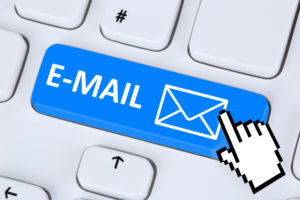 Whatever your product or service and however you want to slice the pie, there are still going to be a number of email sequences that have to be drafted, edited and added to your autoresponder, and this takes some time!
Whatever your product or service and however you want to slice the pie, there are still going to be a number of email sequences that have to be drafted, edited and added to your autoresponder, and this takes some time!
Can you outsource this task?
Yes, however, if it is your first campaign, it is imperative that your voice shine through these emails. So, if you are going to outsource, be sure that you have gone through to outline the emails and that the copywriter knows your style and your message.
10. Plan to spend some quality time crafting your sales page
Your sales page is extremely important, so plan ahead to invest some quality time into it.
It is the last thing people see before they buy and you want it to cover a lot of ground.
A good sales letter will talk about:
– Your mission and why this is important to you
– A tiny bit about you in order to achieve credibility and authority in the niche
– Who the ideal audience is for the course
– The layout of the course
– Handling common objections that may arise for people and…
– Testimonials!
While all of these are important, testimonials are crucial. People want to know if others have achieved success with what they are about to purchase. Its reassurance that the course is worth what they are going to pay.
11. Most people won’t finish any of the online courses they buy
No matter how good your course is and no matter how good you are, most people won’t finish the online courses they invest in.

Why? Simple…
Most people don’t take responsibility and really ever finish anything they put their hands on.
However, here is a golden opportunity for you!
Knowing this fact, allows you to upsell your customers with accountability and coaching sessions. Some will and many won’t go for this. But the ones that know themselves and are truly committed to what they are seeking (the type of customers you want) will invest the extra money and have you alongside for the ride.
If you choose to go this route, it is extremely important that while you invest time and energy into your clients’ projects, you cannot afford to emotionally attach yourself to the outcome. Many times, even the clients that hire you for your accountability and coaching support will not follow through and finish the course.
It’s just the way of the business.
12. People don’t buy your expensive marketing, branding and design, they buy you and your course!
While the branding, design and marketing of your course is certainly important, if you have not done your market research prior to launching….you’re doomed.
Too many entrepreneurs think that they have the next big thing that everyone on planet earth will not only want but will buy….until they launch.
When you get to the bottom of what makes a launch successful, it is NOT the marketing, branding or design, although they do help; it is the value you portray and the results they will receive from going through your course. Period.
Don’t waste thousands of dollars on a high-end customized website when you could spend the time that is required honing and crafting your message for your audience.
13. You’ll want to throw in the towel at some point before you launch
Somewhere along the way, you will get tired, burned out, frustrated, annoyed, stuck and will want to throw in the towel.
Don’t.
 You’ve come too far!
You’ve come too far!
Your mission and purpose for launching your course must outweigh any of the obstacles that can and will land on your path.
Remember, you are not the only one who has ever launched an online course, nor are you the only one who has experienced challenges while doing so.
If you really are ready to throw in the towel, take a break – maybe even put it on the side and listen to your heart. If you can’t stop thinking about it for the coming days and weeks, pick back up where you left off and proceed with a fresh mind.
Once you’ve launched, no matter the results, you will realize it was all worth it!
14. You will question your value as a human being if your launch is a bust
Simply. Not. True.
While it is quite natural, as human beings, for us to question our worth and value if a launch does not go as planned but understand, that is all just a story in our head.
Your mind will do this because you probably have seen some experts out there run a launch for an online course and crush it, bringing in millions of dollars.
There is a great saying that squashes those stories in your head…”Don’t compare your chapter 1 to their chapter 21.”
Just like a batter in baseball, if you strikeout on your first launch, take a seat on the bench, regroup, strategize and re-launch!
Never. Give. Up!
15. Week 1 of your course can prevent a majority of refunds
While not everyone will go through your entire course, almost everyone will at least move through the first week or two…so make sure it rocks their socks!
 your first week is really lousy, unengaging and uninformative, you may be doing some refunds.
your first week is really lousy, unengaging and uninformative, you may be doing some refunds.
On the other hand, if it is fun, engaging and really helps them move closer towards accomplishing their goals, you’re good to go.
Most people offer a 30 or 60 day money back guarantee to ensure their customers enjoy their experience through the course. However, we suggest offering a money back guarantee with a little asterisk that says they must go through the entire course AND complete all related work in order to receive a refund.
Think about it…if you are launching a course you truly believe will allow your customers to achieve x,y,z when they put the true work into it (like you did in creating the course), you have to stand by that.
Believe us, there are a lot of tire-kickers out there who really have no intentions of building much of anything in their lives but will invest in tons of courses, events, coaches, etc. to feel like they are progressing. These are the ones who will ask for a refund. So, if you require them to go through the course and complete all of the work that comes with it, not only does it make it harder for them to ask for a refund, it will hopefully lead them towards their dreams.
16. Round 2 – Instead of creating a whole new course, simply relaunch
Just because your first launch doesn’t go as planned, doesn’t mean your course needs to be scrapped. Often times, the launch simply needs to be re-strategized and marketed differently.
Entrepreneurs are creatives at heart, but don’t let all of your hard work and effort go to waste simply because you didn’t succeed your first time around.
If you followed step #1 above, then all you need is a relaunch, not a new course.
17. It’s the same amount of work to launch a low-priced course as it is a higher-priced course
As we spoke about earlier, online courses can range in prices. Finding the right price for you can be a little tricky.
Sometimes you feel that launching at a lower price point will lead to more sales and a higher one will scare people away.
Whatever price point you go with, be prepared to work. $47 courses and $7,999 courses are often the same amount of work.
The good thing is, you can tweak your price once you have started the launch. Sometimes you’ll want to move it up and sometimes down, depending on the response.
My tip – start off on the lower end for what you feel is the going rate in the marketplace. It’s better to underpromise and overdeliver, causing you to increase prices a little bit over time rather than shooting for a high ticket course and overpromise, underdeliver.
18. Everything takes longer than you think it will
The good old saying of Murphy’s Law, “What can go wrong, will go wrong” is ever so true with an online course launch.
Not only will things take longer than you expect, they often won’t work properly like you expect them to…
Email campaigns won’t trigger, ads will get disapproved, your show-up rate to your webinars won’t be what you expect and the conversions won’t produce the results you were hoping for.
Which is ALL okay!
That is the fun part about launching a course online.
Stick it out and deal with one thing at a time. Trust me, it will all work itself out over time…so, give it time.
19. Customer service matters – before, during AND after the sale.
Do NOT underestimate this. Your customer service/follow-up is one of the most important elements of your funnel.

How do you engage with the best possible customer service?
You nurture new leads.
New leads with questions who are willing to reach out and check your FAQ page, send in an email question, use your chat feature or pick up and call your customer service team (or you) on the phone, are INFINITELY more likely to become customers… and repeat customers!
The more you take care of these people, the more likely they are to purchase not once, but many, many times.
Not to mention, they’ll be more likely to reach back out with more questions, give you more ideas for improvements to your products, provide you with testimonials, engage on membership platforms AND recommend you to their friends.
Think of it this way: If your funnel were the framework of your car, customer service is the oil that makes it run. The blood of your funnel.
20. Regardless of how many times you test…$h*t happens
Does it seem like you’ve heard this a few times so far?
Because it is true!
 It really doesn’t matter how many times you test the sequences and all the tech stuff associated with an online course launch, things will go wrong (aka – $h*t happens).
It really doesn’t matter how many times you test the sequences and all the tech stuff associated with an online course launch, things will go wrong (aka – $h*t happens).
Always, always, always leave time for testing before rolling out the official launch. The last thing you want to happen is for the emails not to trigger or the webinar malfunction, landing you with a big fat bagel in your bank account!
Once you’ve launched and are rolling, be sure to set aside time bi-weekly for further testing. As the funnel is flowing, more leads go through it and you make some tweaks, there is a tendency for things to glitch out once in awhile.
At D4Y, we believe there is never too much testing!
21. You are fired up and ready to go…until your competition launches days before you
This WILL happen. Every time. Who cares?!
You have to remember that your course is different because of YOU. So remember to infuse YOU in it.
This exact thing recently happened to us. For a few hours we pondered if it was still worth launching…but of course we did!
We are unique and attract a different demographic than our competitor who has a much bigger reach and been in the game much longer.
Just because someone else plays guitar and sings the same kind of music as you should not hold you back from sharing your message with the world and pursuing your dream.
Read More...








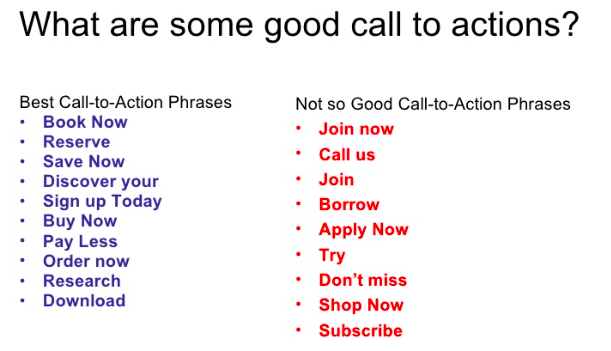









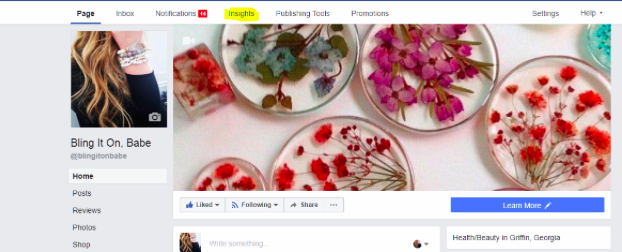
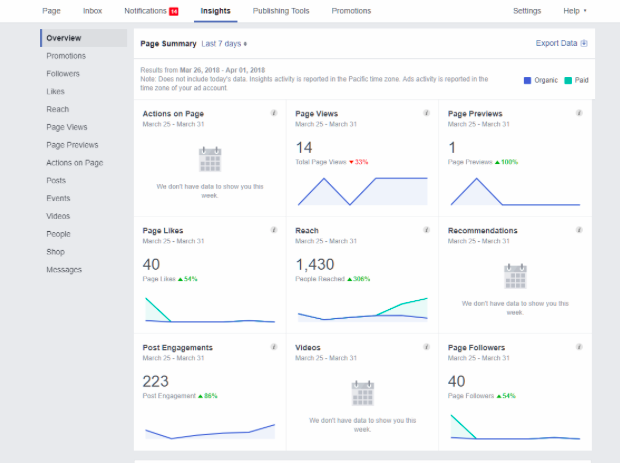


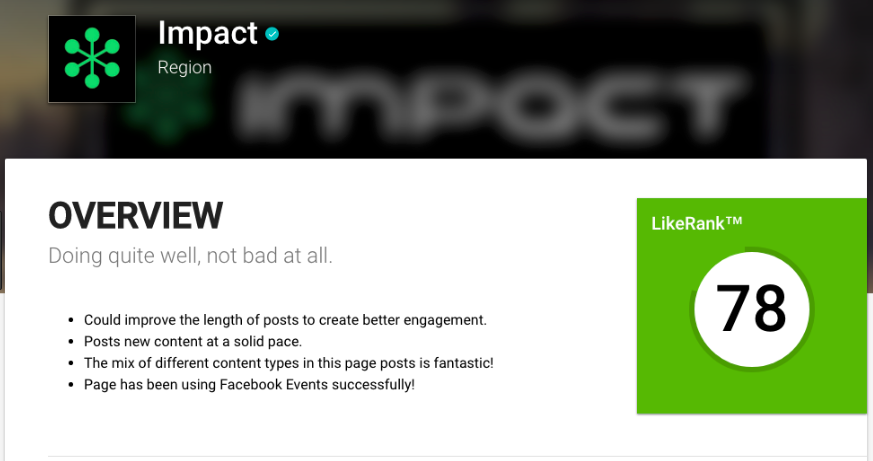
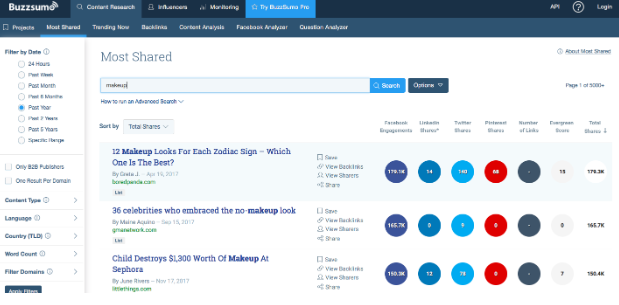
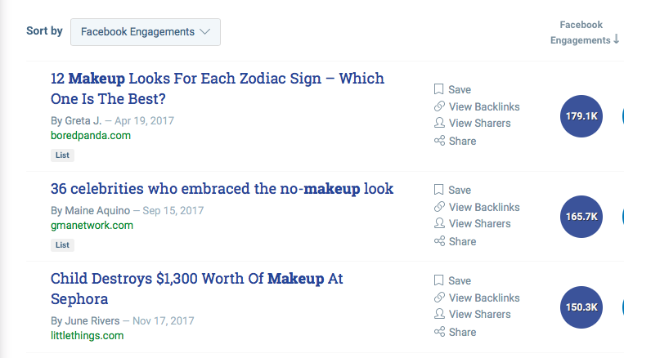
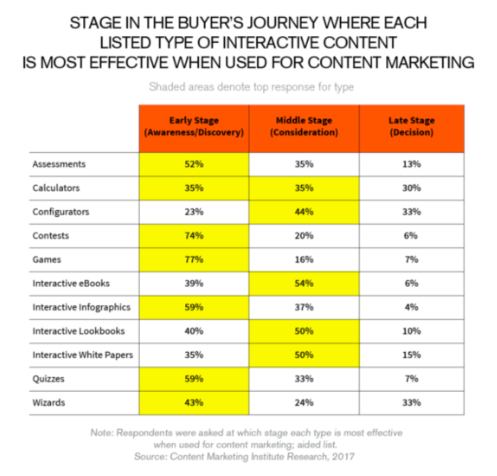
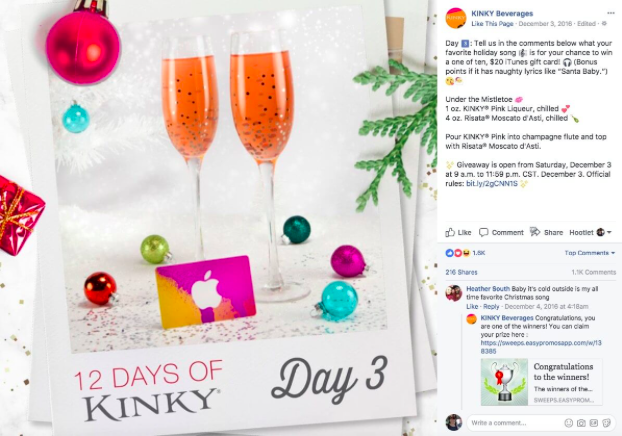
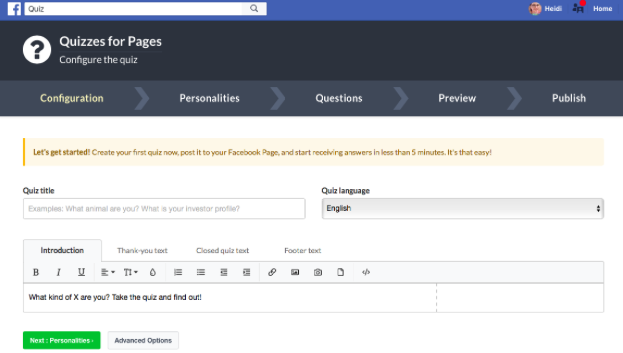

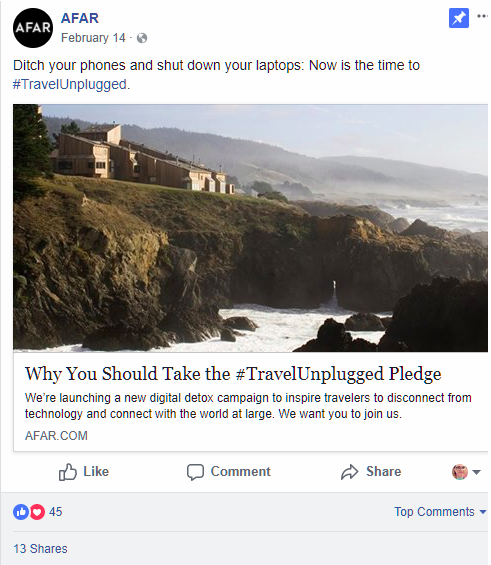



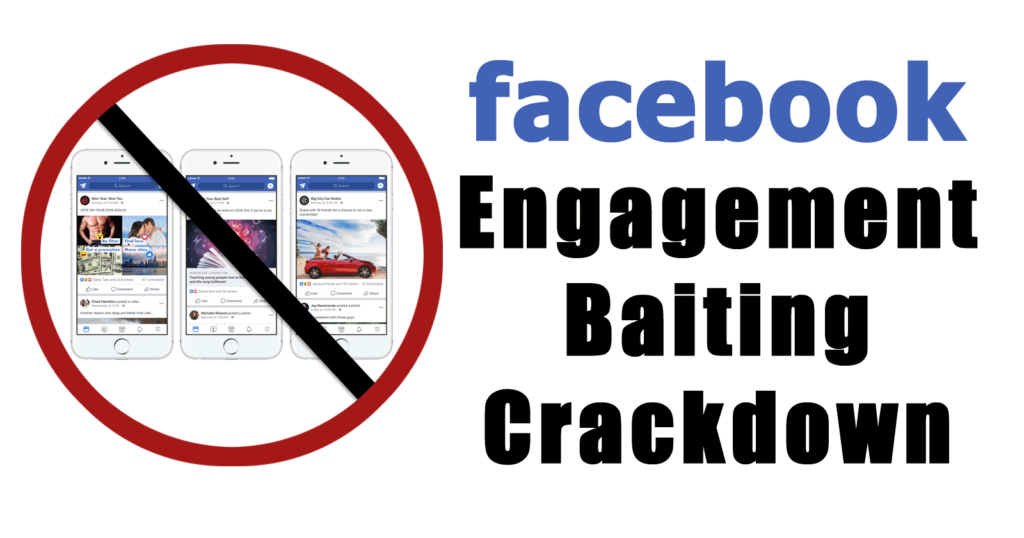


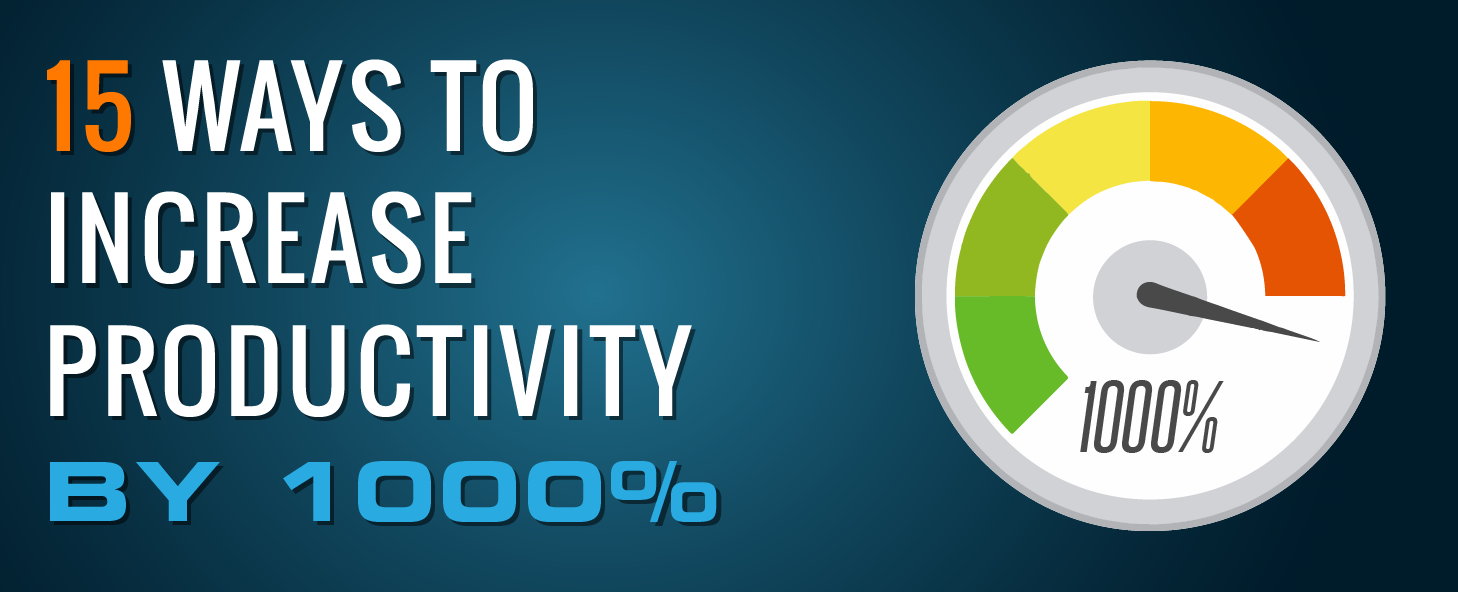
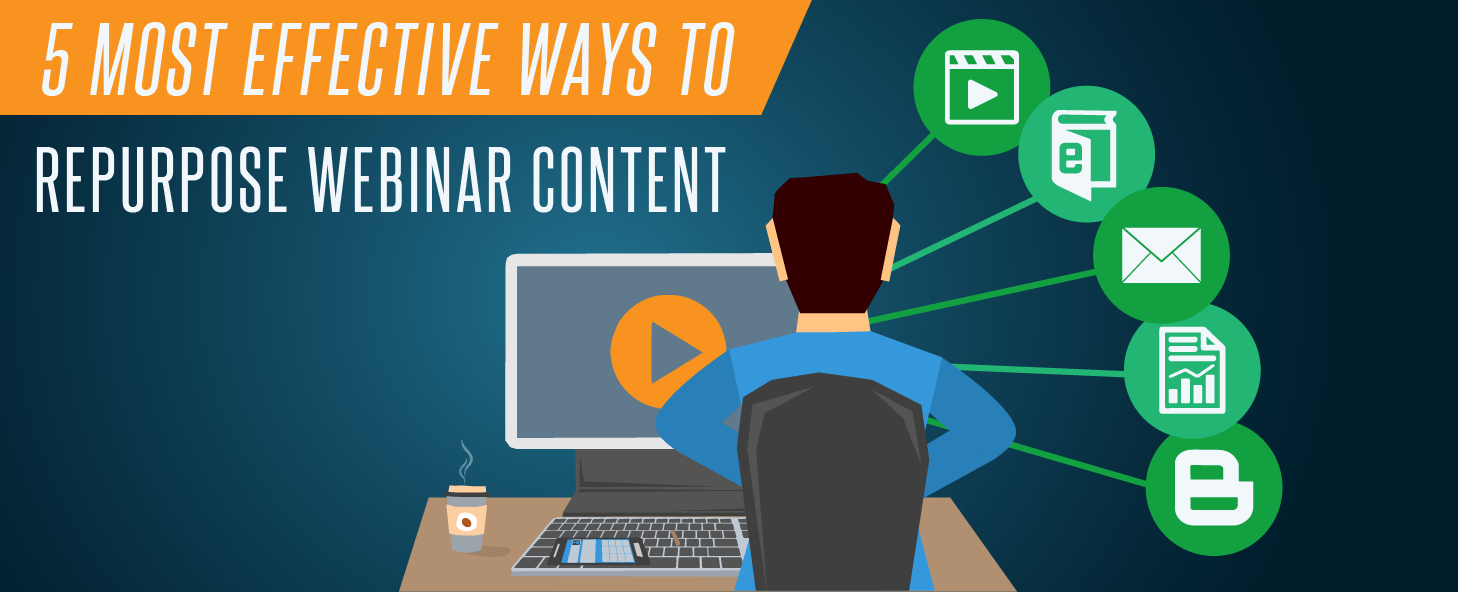


 How? Simple.
How? Simple.

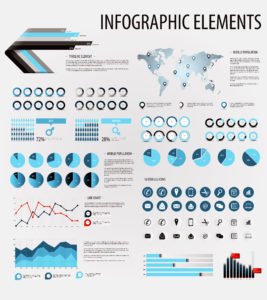 Infographics are one of the most effective and concise ways to deliver insight and value to an audience. They’re sexy, simple to understand, fun to consume, effective,informative, can be printed, and often get shared organically on social media.
Infographics are one of the most effective and concise ways to deliver insight and value to an audience. They’re sexy, simple to understand, fun to consume, effective,informative, can be printed, and often get shared organically on social media.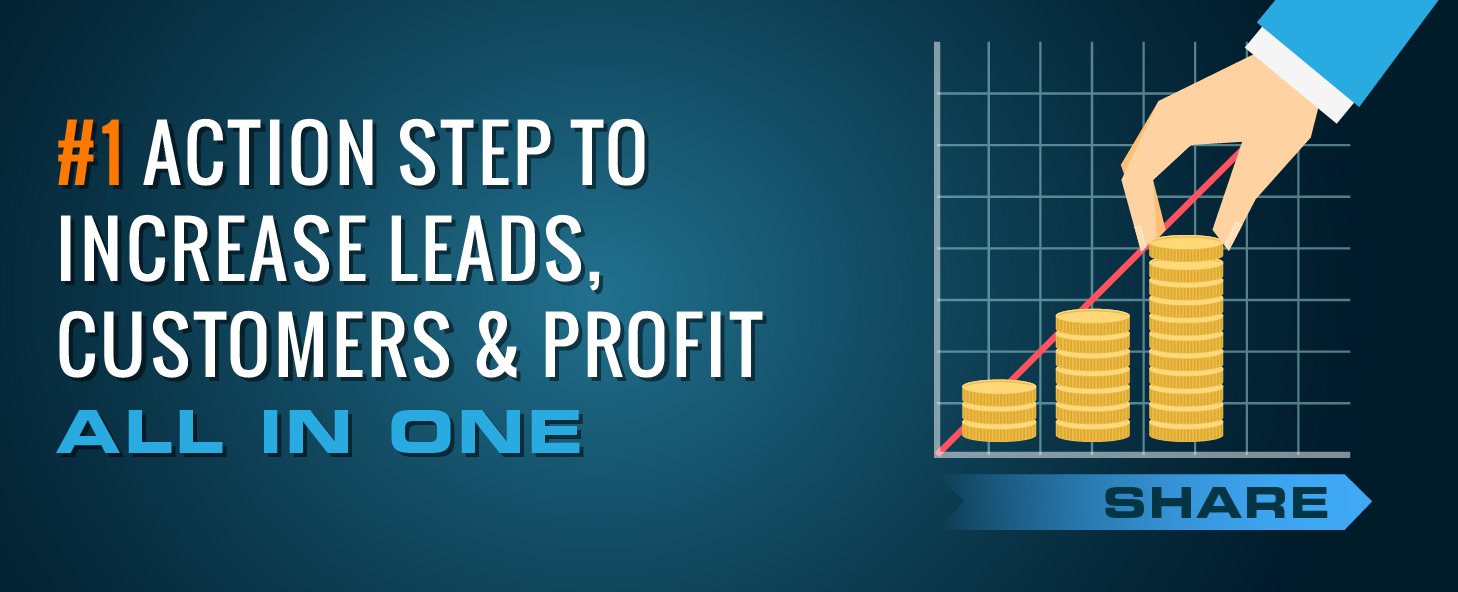



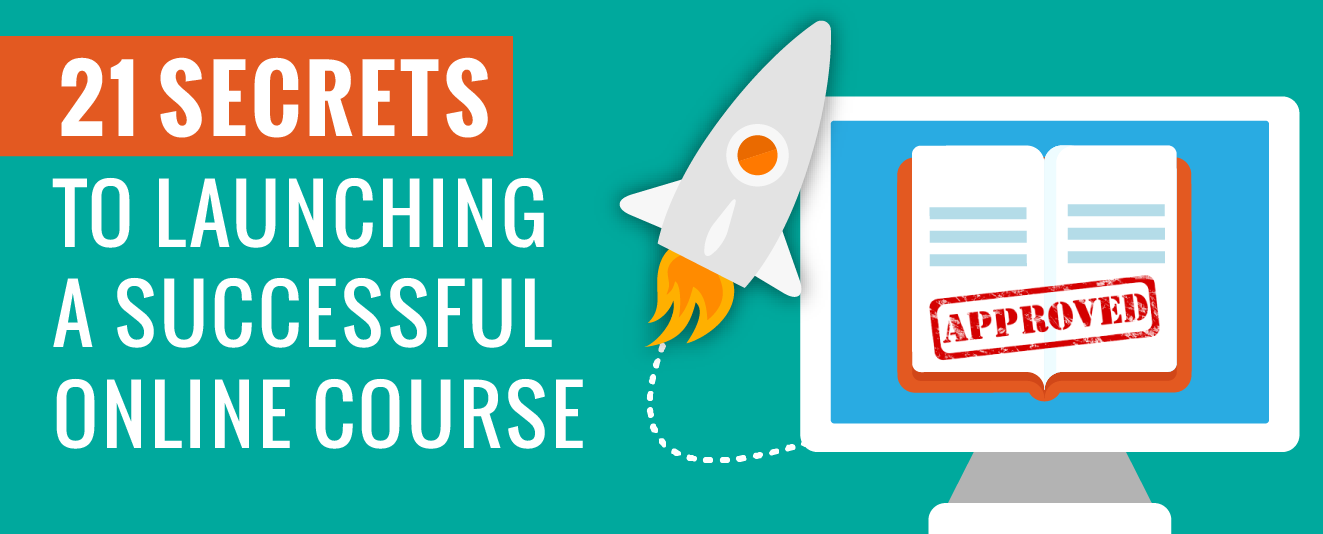

 In fact, many of our clients sell their course before they have even created it!
In fact, many of our clients sell their course before they have even created it!  When you get to the techy stuff (integrations galore can appear out of nowhere), some of it can take long hours and you don’t want to leave it to the last minute.
When you get to the techy stuff (integrations galore can appear out of nowhere), some of it can take long hours and you don’t want to leave it to the last minute.  Most of these partnerships will require you to do most of the work; have the product created, already sold (with data to prove it), have email campaigns deploying, established webinars, etc. Many affiliate partnerships will only involve an affiliate emailing their list with an email
Most of these partnerships will require you to do most of the work; have the product created, already sold (with data to prove it), have email campaigns deploying, established webinars, etc. Many affiliate partnerships will only involve an affiliate emailing their list with an email  How much does this cost?
How much does this cost? Whatever your product or service and however you want to slice the pie, there are still going to be a number of email sequences that have to be drafted, edited and added to your autoresponder, and this takes some time!
Whatever your product or service and however you want to slice the pie, there are still going to be a number of email sequences that have to be drafted, edited and added to your autoresponder, and this takes some time!
 You’ve come too far!
You’ve come too far! your first week is really lousy, unengaging and uninformative, you may be doing some refunds.
your first week is really lousy, unengaging and uninformative, you may be doing some refunds. 

 It really doesn’t matter how many times you test the sequences and all the tech stuff associated with an online course launch, things will go wrong (aka – $h*t happens).
It really doesn’t matter how many times you test the sequences and all the tech stuff associated with an online course launch, things will go wrong (aka – $h*t happens).
 First things first, what is Brand Identity?
First things first, what is Brand Identity? It’s safe to say that with so much competition for your audience’s attention now, that the new way to stand out is to RESONATE with them and make them feel understood by you on a deeper level. We are no longer in a transaction-based marketplace but rather a connection-based economy and in this new environment, Brand Identity is KING.
It’s safe to say that with so much competition for your audience’s attention now, that the new way to stand out is to RESONATE with them and make them feel understood by you on a deeper level. We are no longer in a transaction-based marketplace but rather a connection-based economy and in this new environment, Brand Identity is KING.


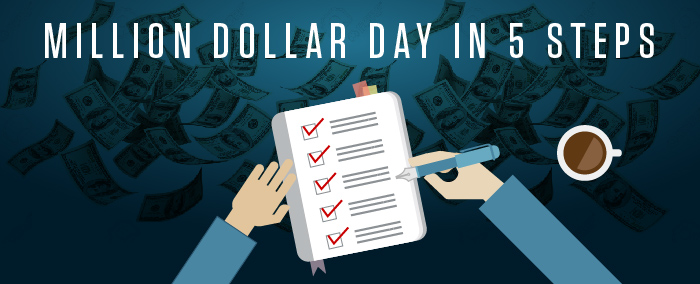


 Putting it all down on paper (or whiteboard or chalkboard or whatever works for you) and scheduling the day accordingly gets your brain to identify its priorities, and keeps those specific neuro-pathways firing and reminding you all day long. You’re now aware of what you need to do and therefore much more likely to do it.
Putting it all down on paper (or whiteboard or chalkboard or whatever works for you) and scheduling the day accordingly gets your brain to identify its priorities, and keeps those specific neuro-pathways firing and reminding you all day long. You’re now aware of what you need to do and therefore much more likely to do it.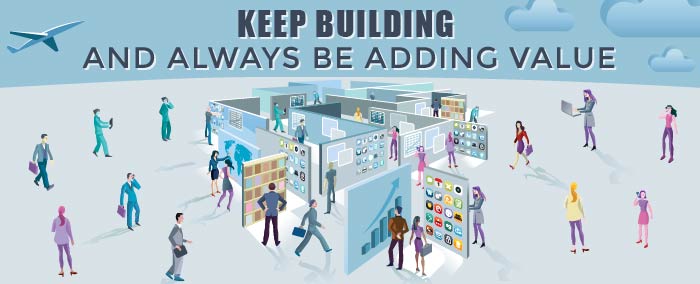



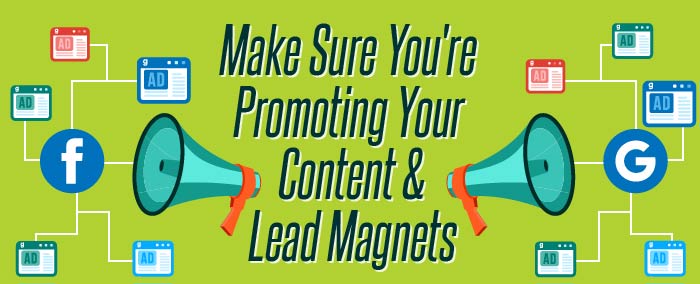

 Here is a key point: One of the most important parts to creating a successful online business is building a list of customers who want to keep hearing from you and buy from you. Too many marketers create a product, build a website and then sit back and wait. And wait, and wait. And wonder why they’re not making any money.
Here is a key point: One of the most important parts to creating a successful online business is building a list of customers who want to keep hearing from you and buy from you. Too many marketers create a product, build a website and then sit back and wait. And wait, and wait. And wonder why they’re not making any money.
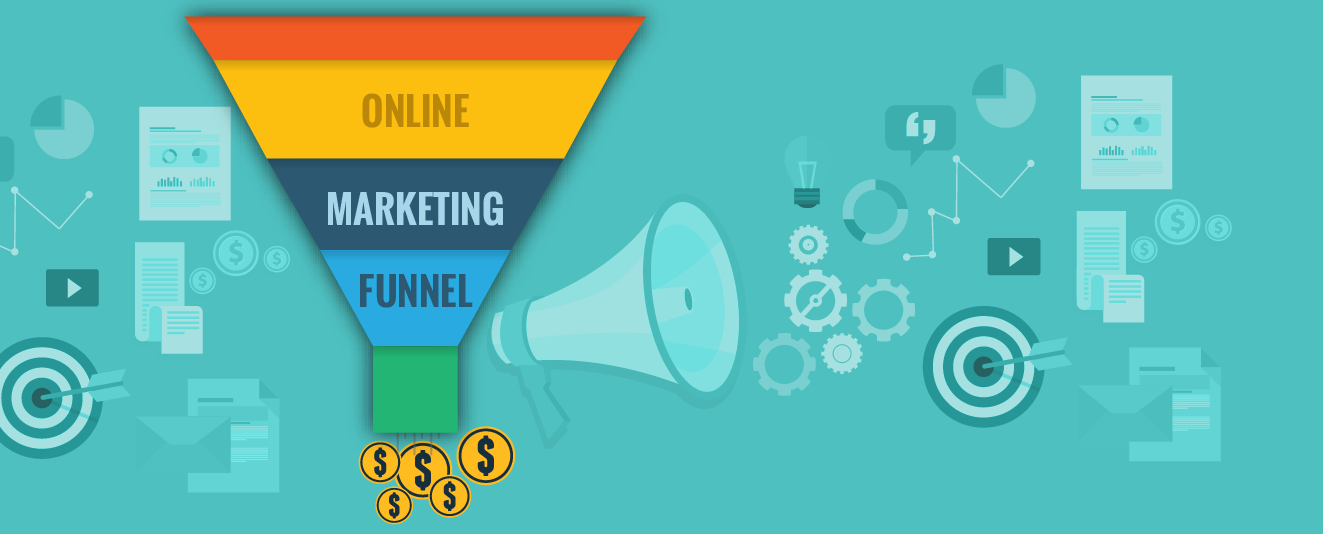
 Now, once you have your target market, created a product or service that will solve their big problem, and you have a killer lead magnet to give away… you need to create a persuasive sales page or webinar on your site that PROVES you can solve their problem.
Now, once you have your target market, created a product or service that will solve their big problem, and you have a killer lead magnet to give away… you need to create a persuasive sales page or webinar on your site that PROVES you can solve their problem.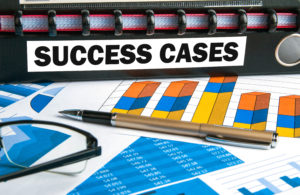 the solution. The strongest way to show them how their life will improve when they use your product is to paint a clear picture for them using testimonials and case studies.
the solution. The strongest way to show them how their life will improve when they use your product is to paint a clear picture for them using testimonials and case studies.  Again, this is why you want to find the BIGGEST problems and focus your presentation on those… since they’re in the “search mode” for solutions to their problem. People are already motivated to solve their issues if they’re online looking for solutions… so you have to show them that YOU are the one who can help them.
Again, this is why you want to find the BIGGEST problems and focus your presentation on those… since they’re in the “search mode” for solutions to their problem. People are already motivated to solve their issues if they’re online looking for solutions… so you have to show them that YOU are the one who can help them.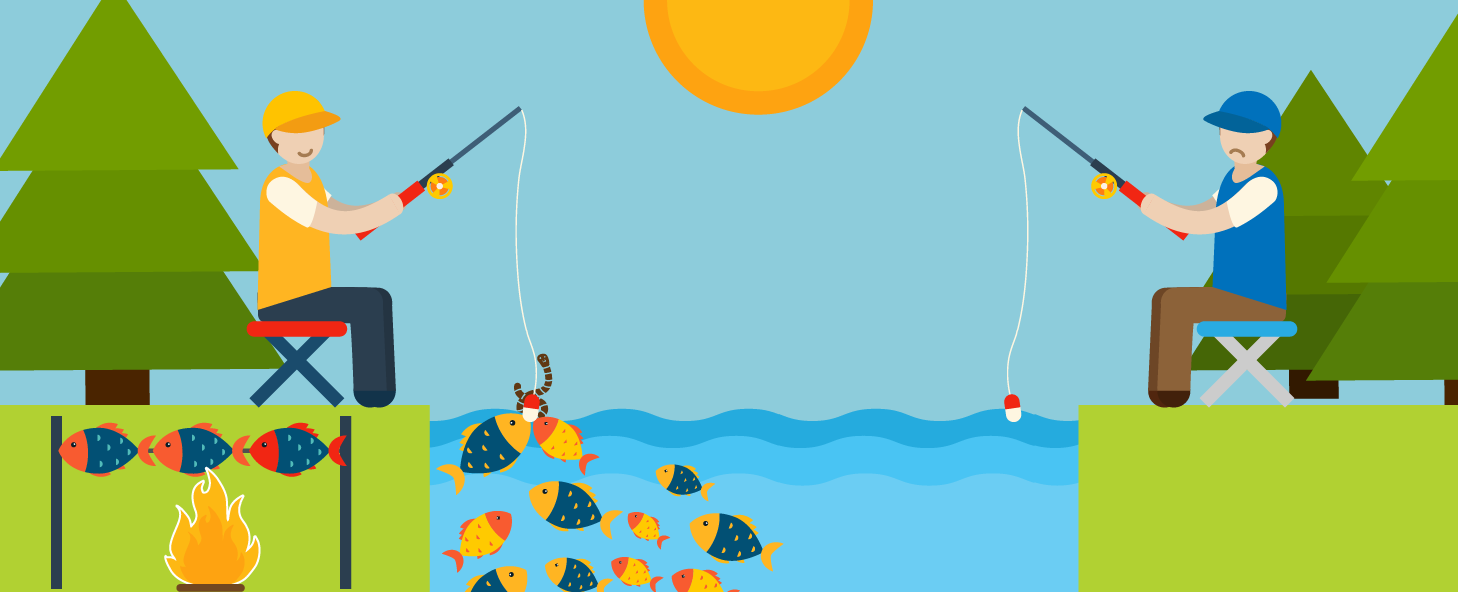
 What do you use when you go fishing? Worms! Works are the perfect bait, or as we say in the internet marketing world: lead magnet. These lead magnets attract the fish; your potential customers. The only way to attract lots of potential customers is to make sure that your bait is geared toward your target market. How do you do that? You have to
What do you use when you go fishing? Worms! Works are the perfect bait, or as we say in the internet marketing world: lead magnet. These lead magnets attract the fish; your potential customers. The only way to attract lots of potential customers is to make sure that your bait is geared toward your target market. How do you do that? You have to Once they want to hear from you and are on your emailing list, you can keep in touch with them and increase the chances of them buying repeatedly from you.
Once they want to hear from you and are on your emailing list, you can keep in touch with them and increase the chances of them buying repeatedly from you. After the lead magnet, you have the opportunity to lead a potential customer into upgrading and becoming a customer. You can offer them a full length program, course, product or maybe even a specific service; whatever it is that comes next in your sales funnel.
After the lead magnet, you have the opportunity to lead a potential customer into upgrading and becoming a customer. You can offer them a full length program, course, product or maybe even a specific service; whatever it is that comes next in your sales funnel. 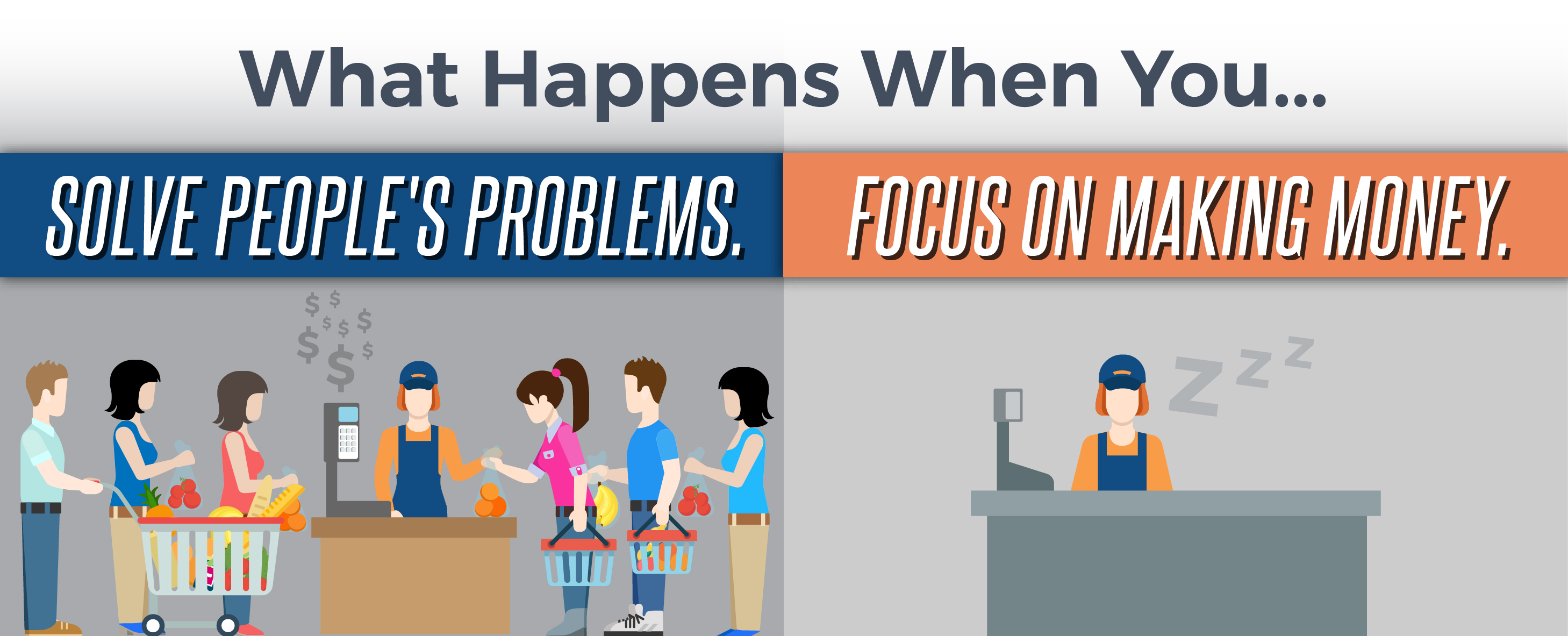

 That is why you want to find a group of people who have a problem. The more desperate this market is for solutions, the better your chances are of selling to them… and at a premium!
That is why you want to find a group of people who have a problem. The more desperate this market is for solutions, the better your chances are of selling to them… and at a premium!